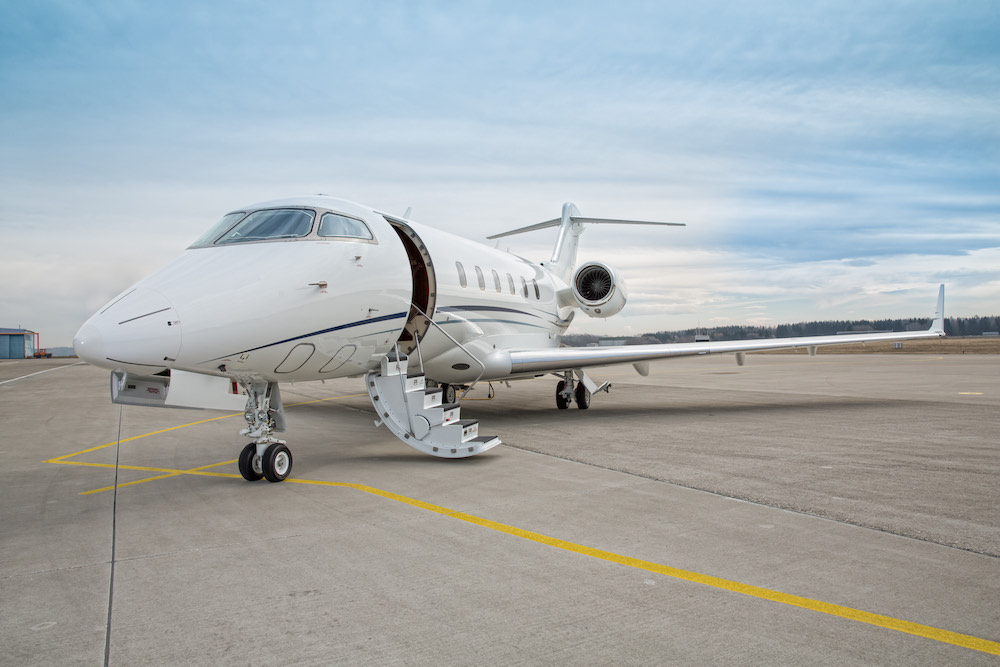

REMINDER: Dry Leasing
COVID-19 has forced many operators to find alternative methods for operating their aircraft. That, in combination with more people wanting to fly private to avoid the public, has made dry leasing an increasingly popular option. There are several situations in which an aircraft owner may want to make their aircraft available to a third party. In most cases, this can be accomplished through a non-exclusive dry lease. Although very common, there are key regulatory items that should always be accounted for. First, by definition, a dry lease is a lease in which the lessor furnishes the aircraft but doesn’t provide a crew. Providing a crew along with the aircraft makes it a wet lease, and if it’s a wet lease, the FAA requires a commercial certificate, unless specifically authorized otherwise.
To stay legal, it’s important that the lessor not provide or even arrange pilots for a lessee. Secondly, although there’s technically no limit to the number of dry leases one can have, if there are a number of lessees who don’t know each other and don’t know the owner, that’ll raise some red flags. From an insurance standpoint, in the vast majority of cases, dry leases will incur additional premium. This is because of the increased utilization that is now present, not to mention the additional pilots and additional passengers. It stands to reason that increased usage, increased passenger load, and additional pilots would add to the potential for loss. More risk equals more premium.
There are also implications if a profit margin is included in the hourly rate. If that’s the case, the operator is walking a fine line between dry leasing and charter/rental. Dry leasing is a common and popular way to increase utilization of an aircraft, but if not done correctly, it could lead to FAA discipline and/or insurance ramifications. Always consult your insurance agent prior to entering into any leases.
